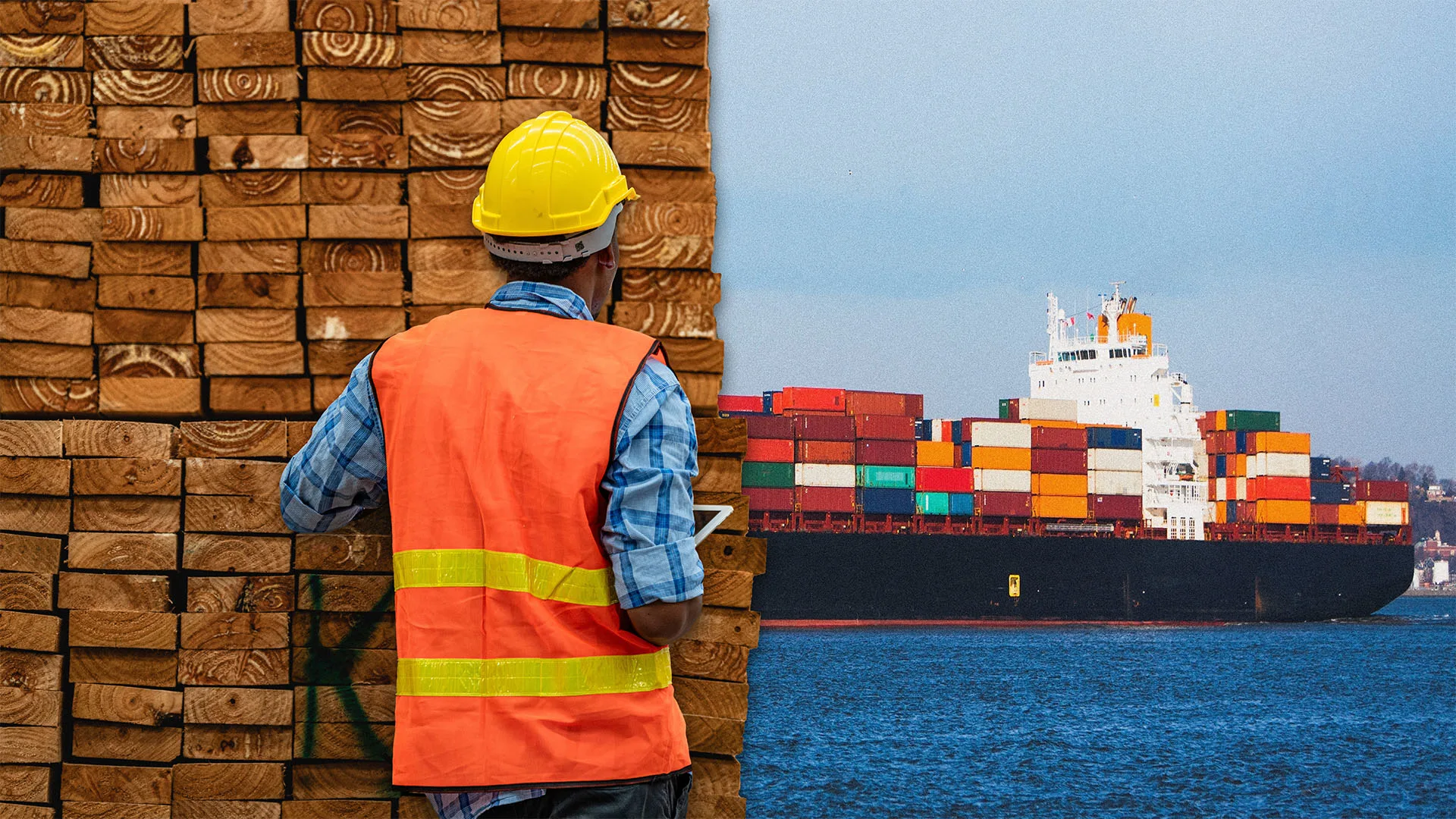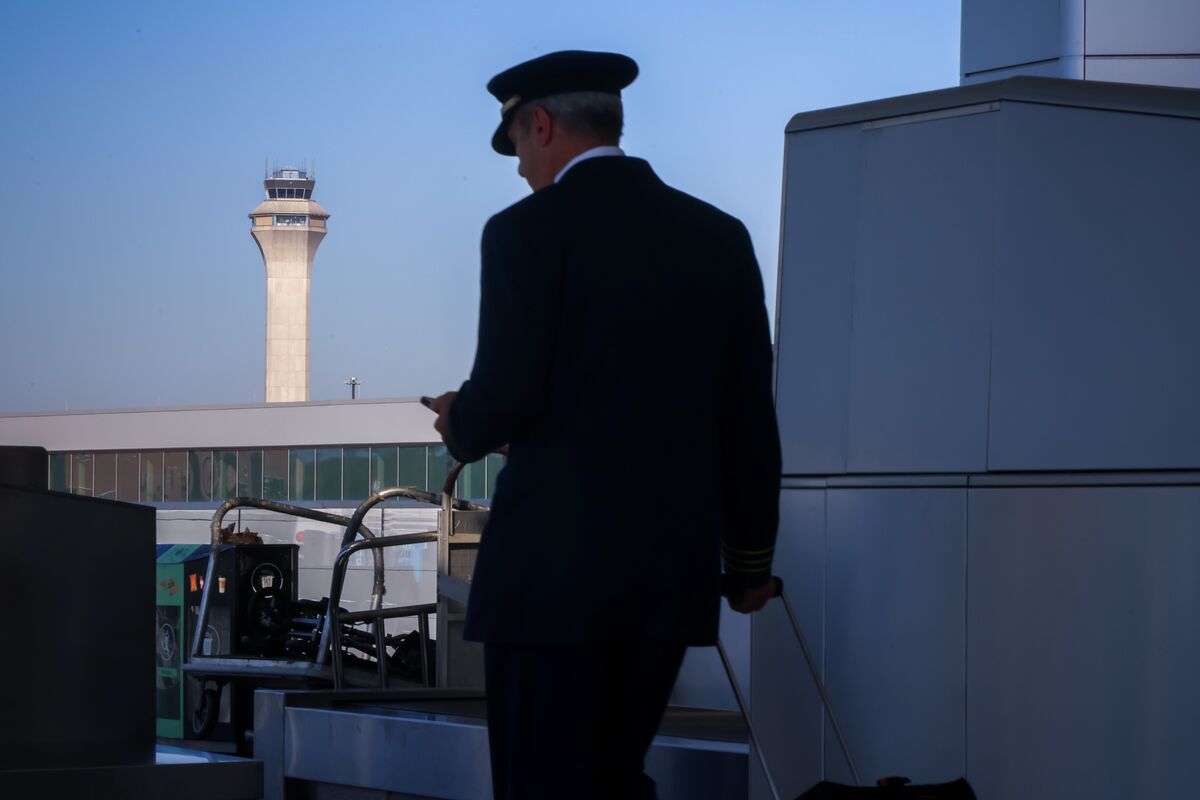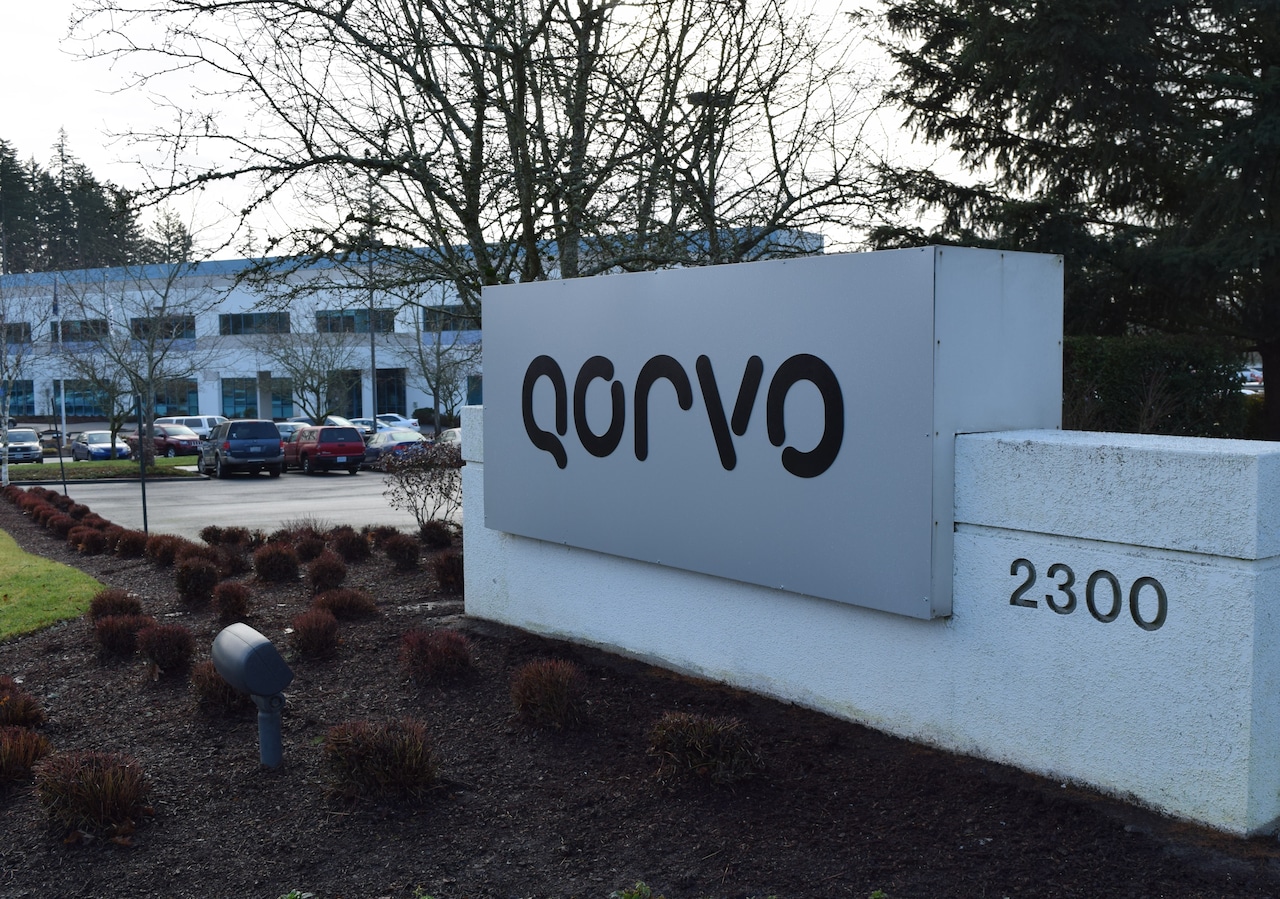Copyright Inc. Magazine

It’s a busy time to be a builder. Demand for homes has surged, the supply chain has ruptured a few times, and now, the cost of imported materials, particularly lumber, is rising. Amid all this, the construction industry still achieved tremendous growth. This year, the industry was the third largest on the Inc. 5000 in terms of revenue growth. We asked a few of those Inc. 5000 companies how they did it, and what they’re anxious about in the future. Material Escalation Clauses The policy changes surrounding tariffs are only one part of the economic discussion for builders. Jason James, who runs Mechanical One, a Florida-based home services company, notes that post pandemic costs have gone up and stayed up, even before the tariffs were announced on Liberation Day. The supply chain issues that plagued builders in 2022 and 2023, like high freight rates and the Suez crisis, are gone, but there’s new volatility from the tariffs, James says, which is now “the norm.” Material escalation clauses built into contracts allow for adjustments to the originally agreed-upon price for materials depending on external increases in those material’s costs. These clauses could offer a way for contractors to protect from volatility by allowing them to request for additional compensation if prices rise. Featured Video An Inc.com Featured Presentation But James said he’s skeptical about that as a long-term solution. He can’t lock into clauses that would require him to order his product way out in advance, because the federal government might update their codes on refrigerant equipment, making his bulk materials obsolete within a year. For Mechanical One, flexibility is more important than hedging against inflation through rigid clauses. “Most businesses can only financially commit to a certain amount of inventory to hedge against inflation,” James says. “That’s a very shortsighted play that’s only going to get you so far.” Assumption Clauses Graython Construction finds itself running parallel to the tariff battle. The Connecticut based construction firm builds large hospitality projects—mainly in the Caribbean. Many projects are completed in the Bahamas, St. Martin, St. Lucia, project director Patrick Barnidge says, but also in U.S. territories like Puerto Rico and St. Thomas. Though they grew by 385 percent this year, Barnidge is staying conservative with his growth plan. A lot of Graython’s projects are long-term, taking around 3 to 5 years, and are vulnerable to economic shocks. Luckily for Graython, demand for hospitality real estate is still healthy. Ultimately, some economic factors are external and out of these builders’ hands, like the government shutdown or escalating trade war. Because most of their projects are international, U.S. tariffs are easier to avoid. They import materials internationally and ship them to projects internationally, managing everything from the U.S. This allows them to avoid duties and fees incurred by trade policy in some cases. But tariff duties are incurred on Puerto Rico and St. Thomas projects — though, Barnidge says, their projects there are “booming” despite tariffs. To plan for cloudy days, Barnidge says Graython, builds tariff assumptions into their contracts. Contingencies are based on estimations of what tariffs will be, Barnidge says, and might be a total of 2 to 4 percent of the initial budget. “We and the owners say, ‘Hey look this is a bucket of money if something happens,’” Barnidge says. “If the contingency is not touched, that difference goes back to the owner.” Keep It Regional Installers, like Santa Ana, California based EnergyAid, which installs and services solar panels and equipment, operate more on the B2B side. Where manufacturers or suppliers might be affected more by logistics or tariff challenges, EnergyAid isn’t, EVP of Corporate Affairs Will Johnson, says. EnergyAid was savvy in identifying market gaps, Johnson says, as several major solar installers in the region went out of business after the pandemic. EnergyAid simply filled the gap and took over servicing duty for those companies. There was a flurry of government subsidies on solar power during the Biden administration, though solar power subsidies are drying up in 2025. Though EnergyAid’s growth was significant enough to land it at the No. 6 Spot on the 2025 Inc. 5000, they don’t plan on expanding their operations nationally, Johnson says. They serve their region well, and though they are considering moving into more states out West, they don’t plan on going cross-country because it would be a logistical challenge.



